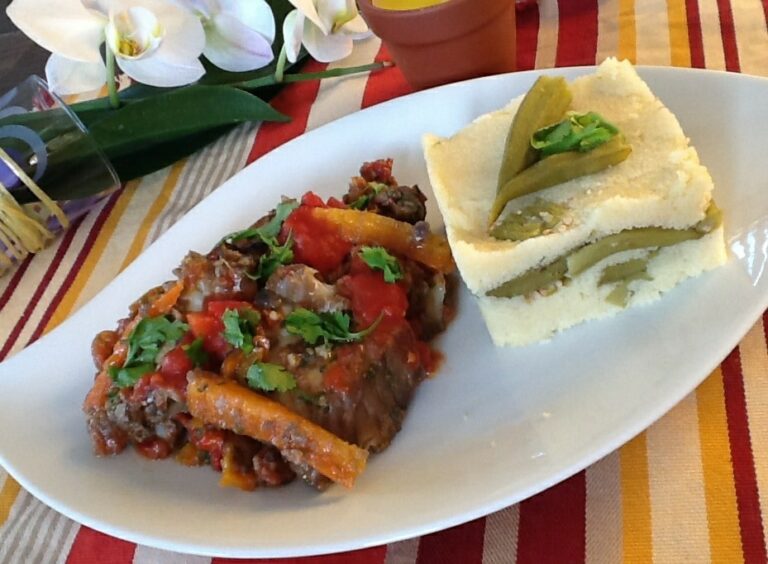Introduction: Antiguan and Barbudan cuisine
Antiguan and Barbudan cuisine is a fusion of African, European, and indigenous influences. The cuisine of Antigua and Barbuda is known for its bold flavors, vibrant colors, and use of local ingredients. The traditional dishes of Antigua and Barbuda reflect the country’s rich cultural heritage and history. The food is a reflection of the country’s history and its unique blend of European, African, and Indigenous influences.
Regional variations and influences in Antigua
Antigua is the larger of the two islands and has several regional variations in its cuisine. The northern part of Antigua is known for its saltfish, coconut oil, and callaloo soup. The eastern part of Antigua is famous for its seafood dishes, including lobster, conch, and fish. The southern part of Antigua is known for its spicy stews and casseroles, while the western region is famous for its sweet potato pudding and tamarind balls. The cuisine of Antigua is also influenced by the country’s history of British colonialism and African heritage.
Popular dishes and ingredients in Antigua
One of the most popular dishes in Antigua is the national dish, pepper pot. It is a stew made with meat, vegetables, and spices, and is served with sweet potato dumplings. Other popular dishes include ducana, a sweet potato dumpling, and fungi, a cornmeal-based dish. The food in Antigua is known for its use of local ingredients, including seafood, fresh vegetables, and tropical fruits. Some of the most common ingredients used in Antiguan cuisine include okra, callaloo, plantains, and breadfruit.
The role of seafood in Antiguan cuisine
The cuisine of Antigua is heavily influenced by its coastal location and the abundance of seafood available. Seafood in Antigua is prepared in a variety of ways, including grilled, fried, and stewed. Some of the most popular seafood dishes in Antigua include fish cakes, conch fritters, and lobster. Seafood is an essential part of Antiguan cuisine, and many of the traditional dishes feature fresh fish, shellfish, and other seafood.
Traditional dishes in Barbuda
Barbuda is known for its traditional dishes, which are heavily influenced by its African heritage. One of the most popular dishes in Barbuda is cou-cou and flying fish, a dish made with cornmeal and served with fish. Another popular dish is goat water, a spicy stew made with goat meat, vegetables, and spices. Barbuda is also known for its use of local ingredients, including sweet potatoes, cassava, and coconut.
The impact of British colonialism on Antiguan cuisine
British colonialism had a significant impact on Antiguan cuisine. The British introduced new ingredients and cooking techniques to the island, including salted meats, tea, and scones. The influence of British colonialism is still evident in Antiguan cuisine today, with many dishes featuring British-inspired ingredients and cooking techniques.
The influence of African heritage on Barbudan cuisine
Barbudan cuisine is heavily influenced by the country’s African heritage. African slaves brought with them a rich culinary tradition that included the use of spices, grains, and vegetables. Barbudan cuisine features a variety of African-inspired dishes, including goat water, pepperpot, and cou-cou. The use of local ingredients and traditional cooking techniques is also an essential part of Barbudan cuisine.
Conclusion: Appreciating the diversity of Antiguan and Barbudan cuisine
Antiguan and Barbudan cuisine is a reflection of the country’s rich cultural heritage and history. The cuisine is a fusion of European, African, and indigenous influences and features a variety of bold flavors, vibrant colors, and local ingredients. From pepper pot in Antigua to goat water in Barbuda, the traditional dishes of Antigua and Barbuda are a testament to the country’s diverse culinary traditions. By appreciating the diversity of Antiguan and Barbudan cuisine, we can gain a deeper understanding of the country’s history and culture.

